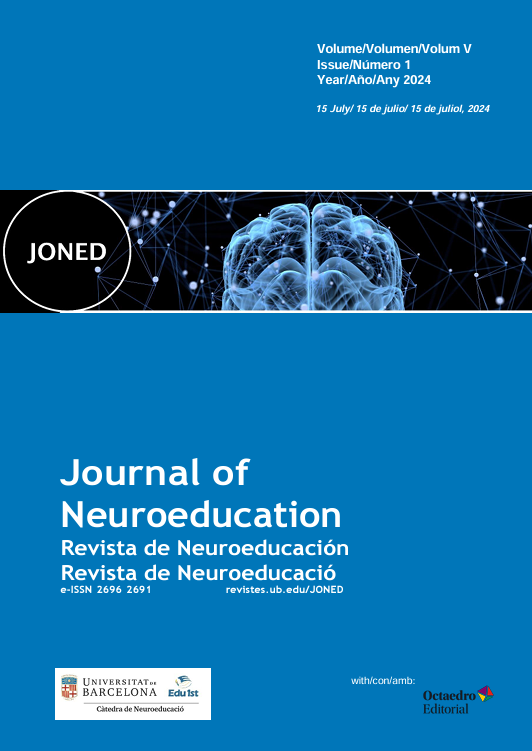Teaching – It’s a No Brainer, Right?: Using an Assessment Course to Bust Educators’ Neuromyths
No Brainer
Resum
The brain is a very complex part of our bodies. Learning about how the brain works can be challenging. Sometimes, people believe wrong ideas about the brain, which can be called "neuromyths." Here are some common neuromyths that people think are true but are not:
(1) Learning Styles: Some people think that students learn best in one way, like only by seeing things, hearing things, or doing things with their hands. But that is not true.
(2) Teaching to Learning Styles: Some people think teachers should explain lessons in a way that matches how a student likes to learn. This does not really help students learn better.
(3) Left-Brain vs. Right-Brain: Some people say if you use your left brain more, you are good at math and logic, and if you use your right brain more, you are creative. This is not true.
(4) Handedness and Brain Dominance: It is also not true that if you are right-handed, you use your left brain more, or if you are left-handed, you use your right brain more.
(5) Classical Music and Intelligence: Playing classical music to kids will not make them smarter.
(6) 10% of the Brain: It is false that people only use 10% of their brain. We use all of it.
(7) Infant-Directed Speech: Talking to babies in a high-pitched, slow way, which we often do, is actually good for their development, not harmful.
(8) Brain Development Stops in Adolescence: The brain keeps growing and changing even after you become a teenager.
(9) Brain Change After Childhood: The brain can keep changing throughout your whole life, not just when you are young.
(10) Permanent Brain Damage: Some people think that once the brain is damaged, it is irreversible, however, sometimes the brain can heal itself after an injury.
Even though these ideas are not true, many people still believe them. These myths spread because information about the brain can get mixed up or simplified too much. Researchers write about the brain in complicated journals that can be hard to read and often cost money to access. This makes it difficult for teachers and students to get the right information about the brain.
Teachers sometimes use these myths in the classroom. For example, they might ask students how they like to learn and then try to teach in that way. But since learning styles do not really help, this might not be good for students.
Researchers have tried to stop these myths, but it has not worked very well. Some say brain scientists should talk to teachers more. Others think teachers should learn about the brain on their own. We think a better way is to do both and teach people how to check if the information they hear is true. This way, teachers can find the best sources to learn about the brain and its relationship to teaching and learning.
In our study, we wanted to help future teachers learn the truth about the brain. We started by asking them what they knew about brain myths. During the year, we talked about different sources of information, like what they heard in class, on the news, or from friends. We showed them how to find good information and spot incorrect information. We even had a brain researcher come and talk to them.
At the end of the year, we asked the students about brain myths again. We also asked them to write about their thoughts and saved some of their work from the year. We found that by the end of the year, they believed in fewer neuromyths and were better at thinking critically. This shows that by continuously talking about the brain in different and easy-to-understand ways, we can help teachers learn the truth and make effective choices in their classrooms.
Descàrregues
Publicades
Número
Secció
Llicència
Drets d'autor (c) 2024 Amanda Seccia

Aquesta obra està sota una llicència internacional Creative Commons Reconeixement-NoComercial 4.0.
Els autors que publiquen en aquesta revista accepten els següents termes:
a. Els autors conserven els drets d’autor i d’organisme a la revista el dret de la primera publicació
b. Els textos que es publicaran sota una Llicència d'Atribució No Comercial Creative Commons permeten altres activitats del treball, sempre que inclogui un reconeixement de l’autorització del treball, la seva actualització inicial en aquesta revista i els termes de la llicència, i no se'n faci un ús comercial.



